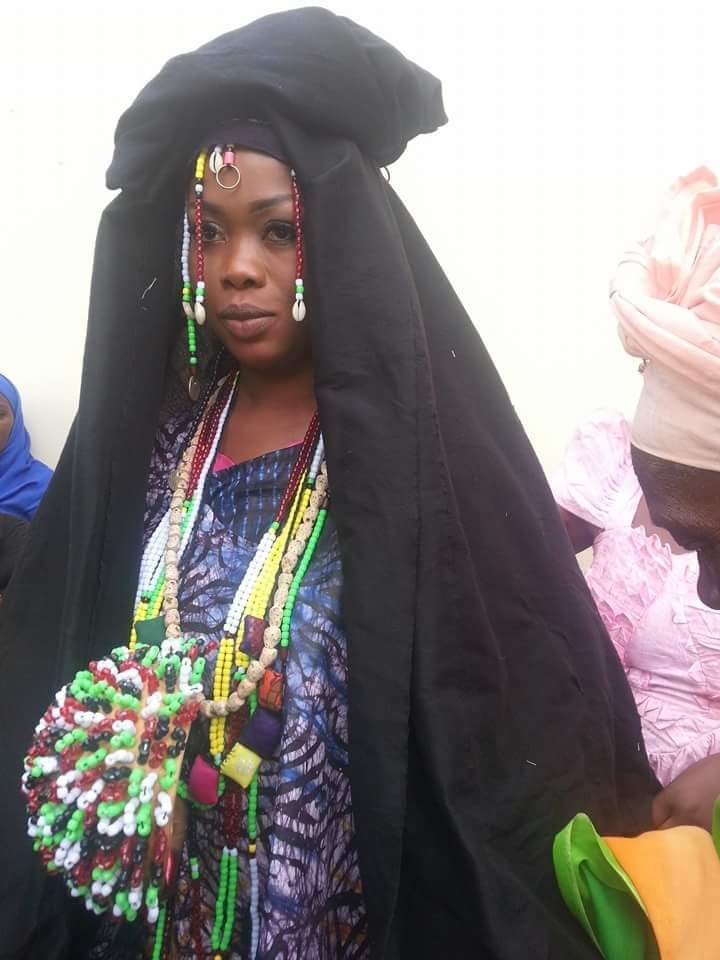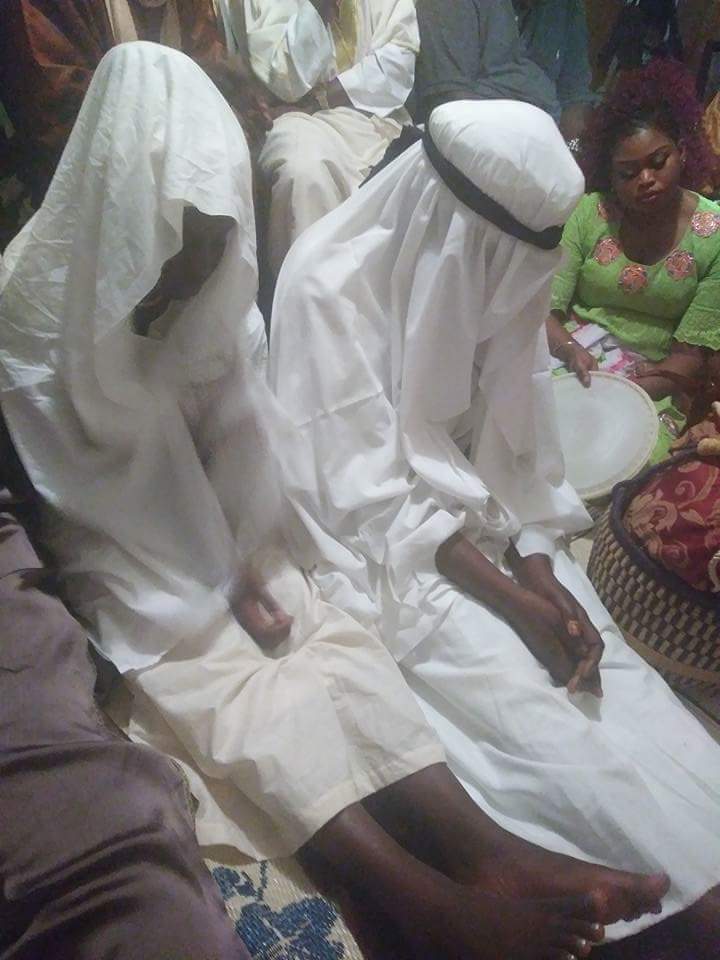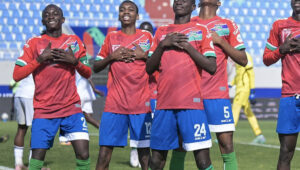
Murr is the passage of rites for women. It is usually done on the wedding night or the night after wedding in most cultures in The Senegambia region.
In some cultures such as the Fanafanas/saloum saloum (a dialect of the Wolof), this could be delayed until the groom fulfils all the demands of the bride’s family.
Whilst cultures such as the Mandinkas, it could take number of years after the wedding to allow the bride’s mother/family to prepare better.
Murr is synonymous to “jebal” in some cultures and it offers the girl’s family and friends to shower her with gifts and words of wisdom on how to muster challenges in her new marital home.
The role of the Bajen (paternal aunt)
The Bajen has a significant role to play. She counsel her neice (the bride) before the marriage is contracted or days before the farewell night – Murr. She is normally the first to know if the girl is a virgin or in the case of those who had a delayed Murr, she coordinate best part of the event.

The Bajen in many cultures will stay outside the bride’s door in case she needs moral support on her first night with her husband.
She provides lots of gifts and load the basket (panyee) with gifts and other basic necessities for a woman. The basket is a symbol of “sutura” as contents are not expose in public until the bride gets to her husband’s house. This signifies the dignity of and symbol of the secrecy code in a matrimonial house.
The Bajen will in many cases do the special bathing and “raam” (crawling) of the bride punctuated with praises (kanngh /tagga). The Bajen on the occasion speaks in low voice and this is echoed by her gelwelii judu.
The crawling or piggy back is led by a woman who has never had a relationship breakdown or left her matrimonial home. This is supposed to serve as a lesson to the new bride as every woman present is not given that honour or privilege.
The rituals on the night
After the bathing of the bride, she is dressed in white 100% cotton material locally called (zerr/darra fanoo or rabal). Her face is veiled with a piece of white cloth and tied with a black band around her head. This part of the ritual is a women only conclave and therefore no man is allowed in the room.

The process is accompanied with serene songs which are usually words of advice for the bride and comfort for the bride’s distressed mother and siblings.
The white material represents purity/innocence and the black tie on top of the white veil (njorr) is a representation of what challenges or hardship one can encounter on a journey.
Jebaleh and xechoo laah ak labaan.
The songs like saa dumbuu yakka dumbuya, mangii karra diikoo xarr fill the air. The calabash basin and porridge like food serve to the couple signifies something. This will be expanded in my book soon including labaan(early morning drums) and the grains such as rice used.
Almost in all cultures, the bride is accompanied to her husband’s house by a large crowd which includes her friends and family where the groom and best man waits in a dark room. In some cultures, the groom is also veiled with a white cloth like the bride.
Men’s Role
After the bride is washed, dressed and ready to be taken to her husband, she sits in the mist of the crowd in her father’s compound facing the east. At this stage, men take turn to advise the bride on endurance, respect, discreet and patience. They as well send words of caution to the groom and the in-laws on how to treat their daughter-in-law.
By Ebrima Jawo











Recent Comments